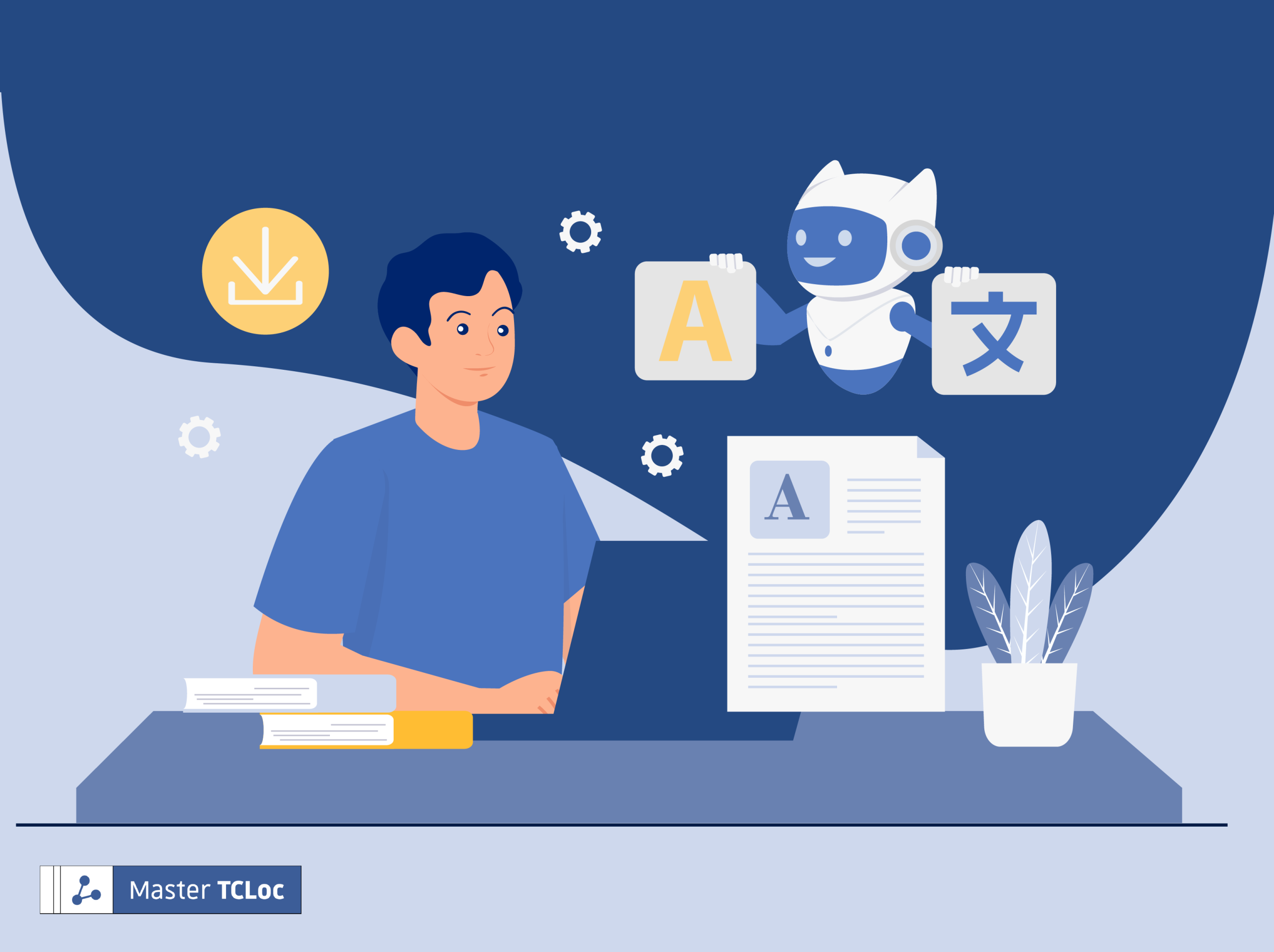We cannot ignore the undeniable fact that artificial intelligence is now part of our lives. It is employed in a variety of ways such as virtual assistants, self-driving cars, social media recommendations, personalized financial services, and medical diagnostics, to name just a few. If machine learning algorithms are so good, can they be helpful for translators? The answer is yes! Let’s dive into the advantages of AI translation, with the example of ChatGPT, the OpenAI chatbot highly acclaimed by content creators and software developers alike.
Translation Per Se
First of all, the most obvious application of this powerful AI tool would be the actual translation. The GPT-3 version can translate to and from many languages including English, French, Russian, Japanese, and even Bengali. However, when using it this way, there appears a disclaimer that translations may not always be perfect, and some language pairs may have more limited capabilities than others. Indeed, just like with machine translation, the result needs to be reviewed by a human translator. But in the case of ChatGPT, you can also provide a list of terms and their approved translations and give any other instructions that you deem necessary. This will certainly boost your efficiency and productivity.
Understanding
It’s no secret that sometimes we, translators, encounter mysterious phrases that we cannot understand even if we know the meaning of every word in them. This can happen when there is a hidden quote, a proverb, or a play on words. The OpenAI chatbot can help with that, too! It analyzes the context and prompts a possible way of translation. I was recently puzzled by the following phrase about a pineapple-shaped dome that could have been placed on St. Paul’s Cathedral: “That would have been worth its weight in fiber”. Thanks to the chatbot, I learned that there is an idiom “worth its weight in gold”, which means that something is very valuable. So, I needed a similar pun in Russian, and this is something this AI tool can also help with.
Creativity
While many translations are quite straightforward, some are tricky and require a creative approach. Whether it is marketing content, advertisements, or game strings, it is necessary to preserve the intent and style of the original text. Sometimes a translator is free to adapt content, and in this case, it is called transcreation, or creative adaptation. The OpenAI chatbot can act as a source of inspiration providing synonyms, antonyms, and other related words to help convey the intended meaning of the source text creatively and engagingly.
Research
Every translator knows: it is almost impossible to translate a text without using Google or another search engine. From simple fact-checking to advanced research, translators spend hours surfing the internet. Why not use AI translation for accelerating this process? It can provide background information, offer relevant sources, summarize complex information, identify key trends and insights, and even compare different viewpoints. A very time-saving feature!
Terminology Management
Maintaining terminology accuracy and consistency is crucial when it comes to specialized or technical translations. The OpenAI chatbot can provide suggestions for terms based on the context, previous translations, and terminology databases; it can detect inconsistencies and incorrect usage of terms; and it can also be used to build and manage glossaries. If you need to identify terms in a text, just feed it to ChatGPT, and you’ll get the result in seconds.
These are just some of the ways translators can use artificial intelligence in their daily work. There is much more in store, and AI translation constantly evolves and makes our life easier. Don’t ignore it and don’t be afraid of it; we are colleagues, not enemies!
If you want to learn more about artificial intelligence, you may be interested in our article on the benefits and drawbacks of ChatGPT for your SEO.



